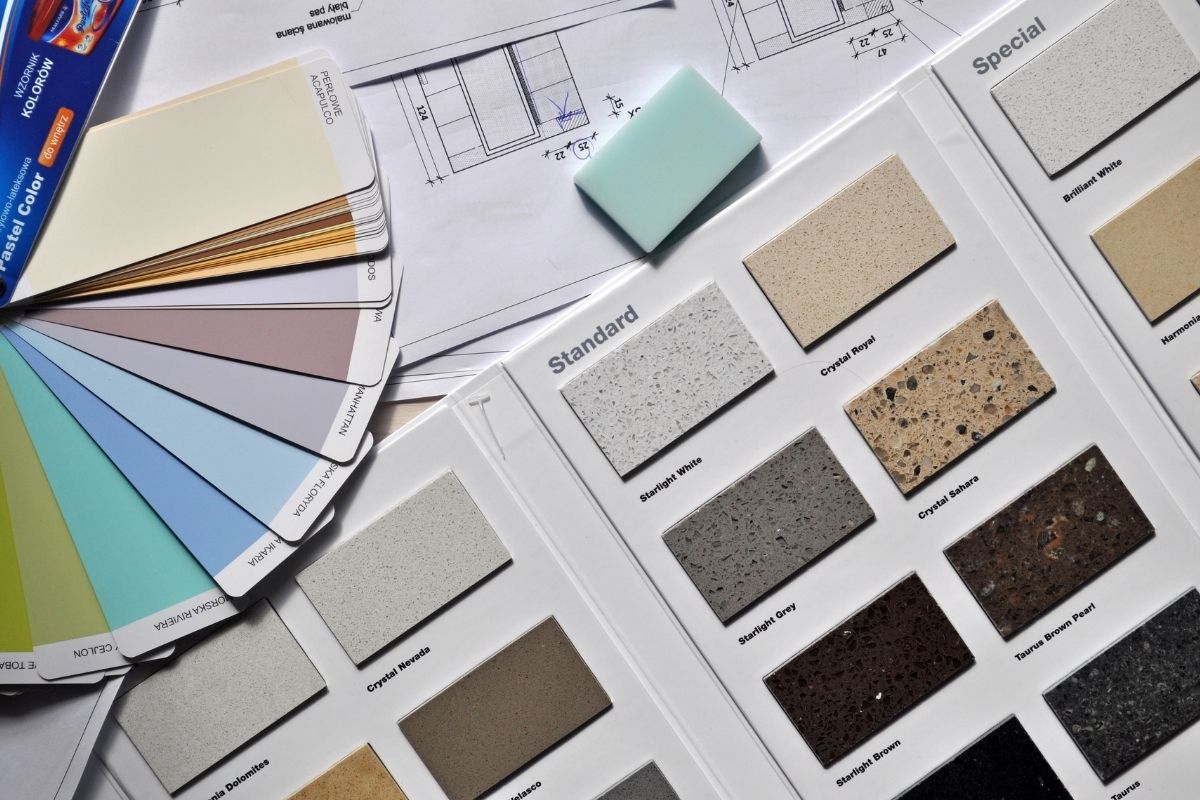How to Plan Your Product Timeline for the Marketplace
How do we manage a project for InDesign? Let’s look at making dinner in a product design and product development context.
When you’re managing dinner, you know you want to get the food on the table by a specific time, and you know everything that’s going into the meal, from the starter to the entree to the dessert.
You want everything to be done by 6 o’clock, you’ve got that deadline, and you’ve got multiple things in play. You’re often doing things simultaneously or in parallel. You’re not making the appetizer, then the main entree, then the dessert. You’re making several parts of the meal at the same time.
You have a set deadline because people are hungry and don’t want to wait. You don’t want to have a starving kid, trust me!
You understand that you need to start by a certain time and run these processes in parallel, depending on where your resources are. Do you have a microwave? Do you have a stovetop? A toaster oven? An oven? How many different processes can you run at the same time to get dinner on the table at a certain hour?
Running a product design process is kind of similar in terms of having a launch date and an optimal deadline. Unlike the deadline hour for dinner, the launch date for a product is often determined by the time of year.
If you’re launching, let’s say, a new toy you expect to be a big seller, then you want that toy out in time to get to the retail trade buyers that are going to launch it. You’ll do everything you can to get that toy into their stores for Christmas.
Something product design education tries to do is to get you to think through all the decisions and planning that happen in a case like that. You think through the process, and you know that you need to have this toy finished and ready for the buyers to look at by a certain date.
It has to be ready by the time the trade show is happening (if we still have trade shows after COVID).
Here’s where good product design education is so important. You have to learn to work backward from your deadline to consider production timelines. You need to be able to produce the prototypes and the finished product in factories around the world. You have to think about how you’re going to get those processes going.
This includes not just finishing the design, but also finishing all the tooling and manufacturing. It also includes anticipating all the problems that might come up in going from a prototype to something that’s ready for manufacture.
When your product is ready to go to a retailer, will the retailer want a special version of that new toy? Sometimes retailers want an exclusive version for their stores, and you have to bake extra time into the process for that.
Your online product design education needs to help you figure out how to do all the anticipating and planning and still be able to get your product ready by Christmas to take advantage of the holiday shopping season.
To go back to the example of making dinner, you’d want to get your bread in the oven first. Then you’d cook the fish before you worried about the dessert. You’d do things in a certain order, but the tasks would overlap rather than be one after another.
You have to plan the order of your tasks and how you’ll handle them so that all the food is ready at the same time. This is the same thing you’ll do when you figure out the sequence of processes you need to design and create a product by a deadline.


